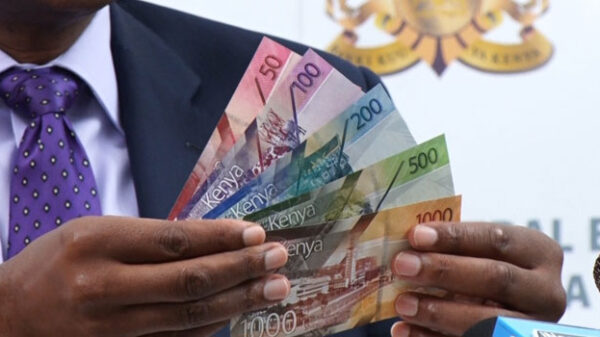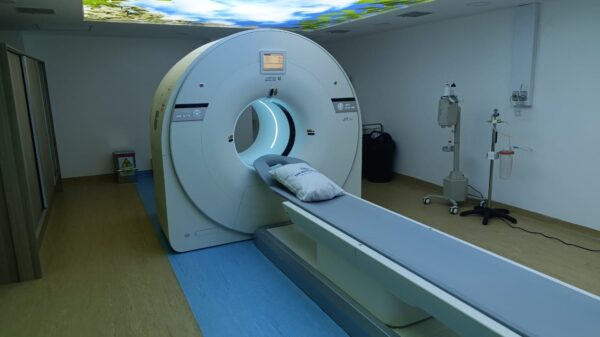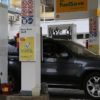
“Inflation was noted to have eased down to 6.99 percent during the period under review compared to 7.03 percent in 2014,” said the release by KNBS.
NAIROBI, Kenya, Oct 1 – Kenya’s economy slowed down to a growth of 5.5 percent during the second quarter of 2015 compared to a growth of 6.0 percent in the corresponding quarter in 2014, according to the Kenya National Bureau of Statistics (KNBS).
KNBS further explains that the quarter was characterized by a fairly stable macroeconomic environment supported by a slowdown in inflation and decline in interest rates.
On the other hand, the Kenyan shilling depreciated significantly against the US dollar but was firm against the Sterling Pound. It however appreciated significantly against all the other major trading currencies.
“Inflation was noted to have eased down to 6.99 percent during the period under review compared to 7.03 percent in 2014,” said the release by KNBS.
According to the Bureau, the slowdown in inflation was occasioned by low prices in fuel oils, electricity, transport, communications and housing.
Broken down, the communication sector on the other hand recorded a slower growth of 7.6 per cent over the same period compared to an 8.1 per cent growth in the same quarter of 2014.
As far as accommodation and food services is concerned, there was a slower contraction of 0.8 per cent compared to a contraction of 19.3 per cent in the same quarter of 2014.
According to KNBS, visitor arrivals from Jomo Kenyatta International Airport and Moi International Airport recorded mixed results with arrivals from JKIA increasing by 2.8 per cent and that from MIA recording a contraction of 39.1 per cent.
“Overall, the sector recorded a 1.9 per cent drop in hotel occupancies.”
The electricity and water supply sector recorded the highest growth at 10.2 per cent during the second quarter 2015.
According to the bureau, the growth is attributed to improved production of hydro electricity due to better rains and the commissioning of new geothermal plant in 2014.
Notable gainers include the construction sector which recorded the second fastest growth mainly due to the ongoing public infrastructure development.
Additionally, the sector grew due to the resilient private sector’s development in the real estate sector.
“As a key indicator for the sector, cement consumption increased by 4.8 per cent during the reviewed quarter to reach an estimated 459,022 metric tonnes,” read the release.
KNBS further says that the construction sector recorded a decelerated growth of 9.9 percent during the quarter under review compared to a growth of 16.6 per cent during the same quarter in 2014.
Accommodation and food service sector continued to contract though at a much slower rate.
The agriculture sector also recorded improvement with an expansion of 5.4 percent compared to a growth of 2.1 percent during a similar quarter of 2014.
“The improved performance in the agricultural sector is attributed to increased activities in the growing of maize, vegetables, and fruits as a result of favourable climatic conditions in contrast to last year. Higher output from these core crops far outweigh farm losses of beans and potatoes, which were adversely affected by heavy rains in some regions,” read the release.
Expansion was also experienced in the manufacturing sector recording a 4.5 per cent compared to a growth of 8.3 per cent during the second quarter of 2014. The growth was partly attributed to the reduced cost of inputs such as electricity during the second quarter 2015.
The financial intermediation sector recorded a 6.0 percent growth compared to 7.9 per cent in the same quarter of 2014. On one hand, domestic credit by commercial banks rose by 29.2 per cent in the second quarter of 2015 compared to a growth of 14.6 per cent over the same period in 2014.
“Credit to the private sector similarly expanded by 20.6 per cent from KSh 1,736.1 billion in the second quarter of 2014 to KSh 2,094.0 billion during the same period of 2015. Broad money supply grew by 17.6 per cent to KSh 3,196.9 billion in the second quarter of 2015 compared to a growth of 19.3 per cent recorded in a similar period in 2014,” said the release.
Not all sectors did as weel, for instance, the balance of payments position worsened to a deficit of KSh 47,889 million during the second quarter of 2015 from a surplus of KSh 166,833 million in the corresponding quarter of 2014.
According to KNBS, the current account deficit deteriorated by 61.8 per cent to KSh 151,209 million during the quarter under review.
“The worsening of the current account deficit in the second quarter of 2015 could be attributed to the increase in merchandise trade deficit that deteriorated to a deficit of KSh 246,369 million.”


































